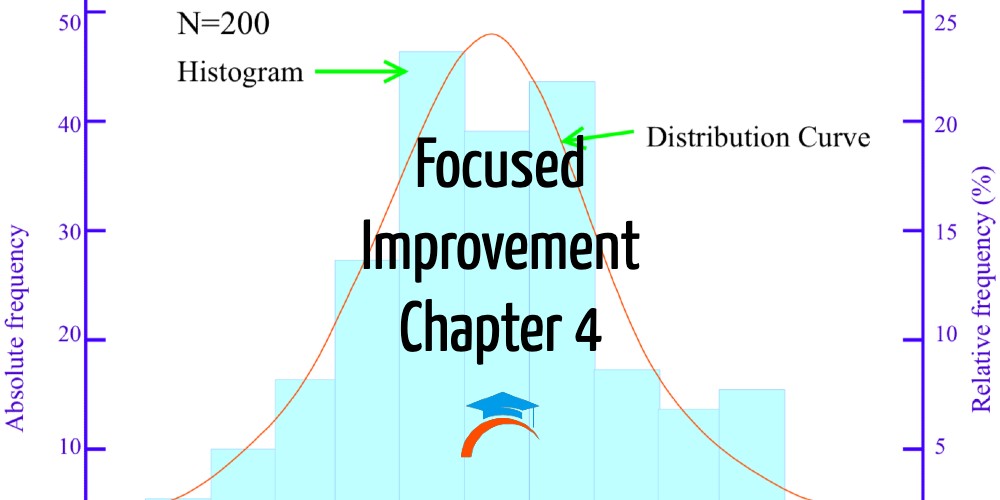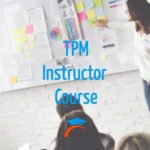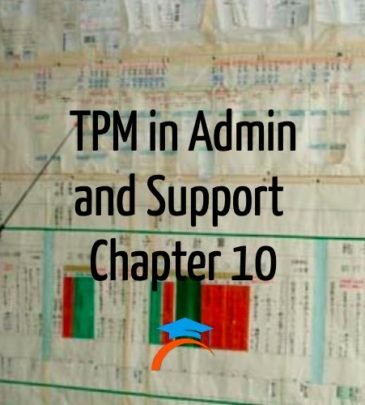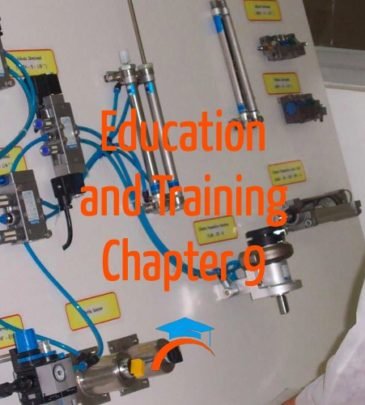Focused Improvement
Free
- Business, Operations, TPM
- 375 (Registered)
-
(2 Reviews)

26
Mar
Chapter 4 of TPM Instructor Course.
The effects of much conventional improvement activity used to be transitory, and there was a strong tendency for improvements not to be capable of being sustained or properly established. In TPM, by contrast, activities are organized to ensure that the benefits of Focused Improvements are upheld.
This chapter will review the program of activities designed to foster the ability to improve while delivering tangible financial benefits. Its aim is to greater production efficiency, and its main thrust is dramatically increasing productivity by eliminating the 16 Big Losses.
Next chapter – Autonomous Maintenance
Curriculum
- 14 Sections
- 39 Lessons
- 10 Weeks
Expand all sectionsCollapse all sections
- The Thinking behind Focused Improvement4
- How Effectively Are Losses being Tackled? – A 4-Level Assessment1
- Tools and Techniques for Focused Improvement1
- The QC Story4
- Why-Why Analysis1
- Industrial Engineering (IE) Techniques1
- Eliminating Breakdowns4
- Improving Changeover3
- Reducing Startup Losses2
- Reducing Minor Stops4
- Reducing Speed Losses2
- Reducing Quality Defects3
- P-M Analysis9
- 14.1The Weaknesses of Traditional Cause Analysis
- 14.2What is P-M Analysis?
- 14.3Target-Setting: The Basic Approach to Improvement
- 14.4Good P-M Analysis
- 14.5The Definition of P-M Analysis
- 14.6The Structure of P-M Analysis
- 14.7Where to start and finish a P-M Analysis
- 14.8The Steps of P-M Analysis
- 14.9Points to Note when Carrying out a P-M Analysis
- Quiz1








